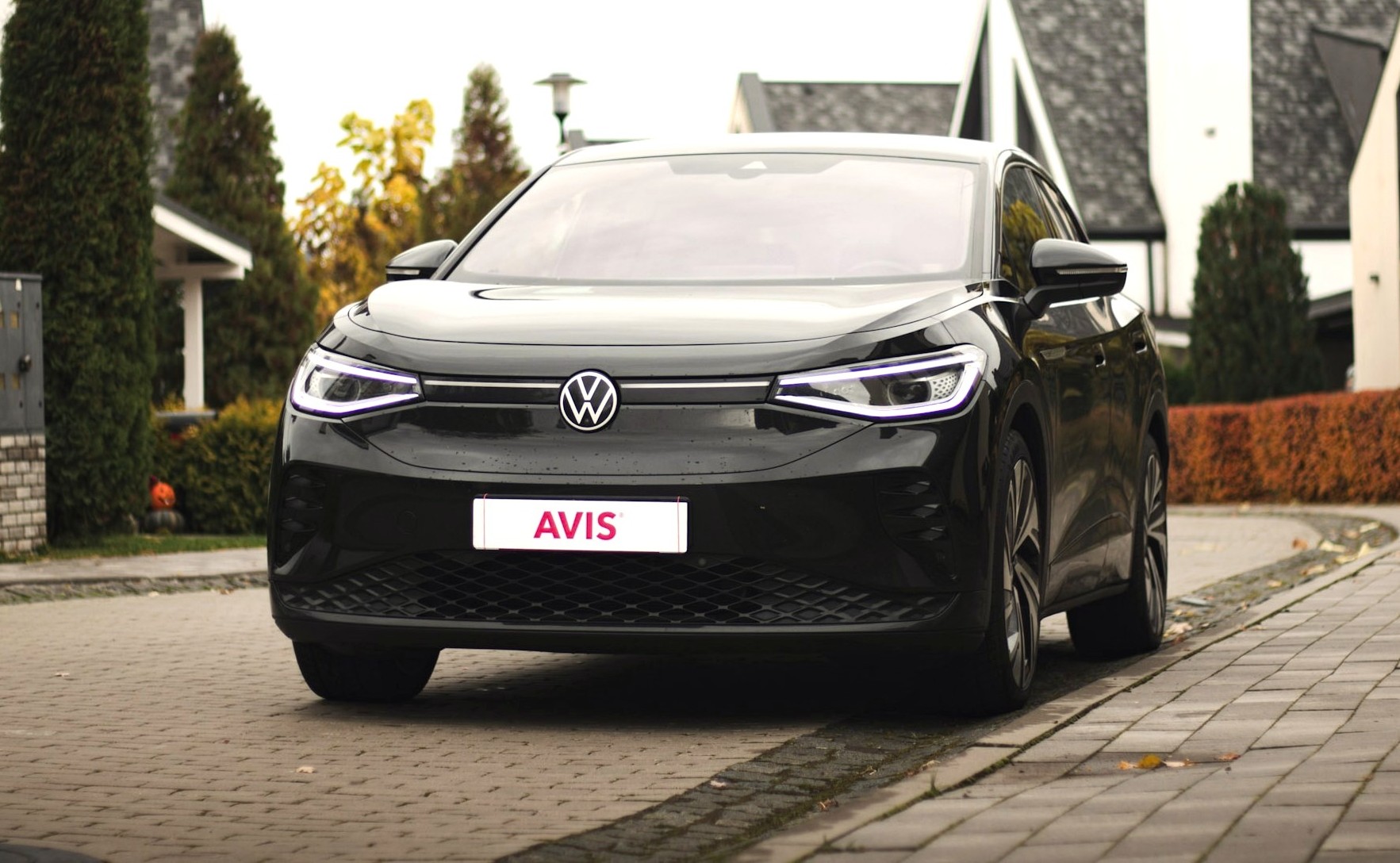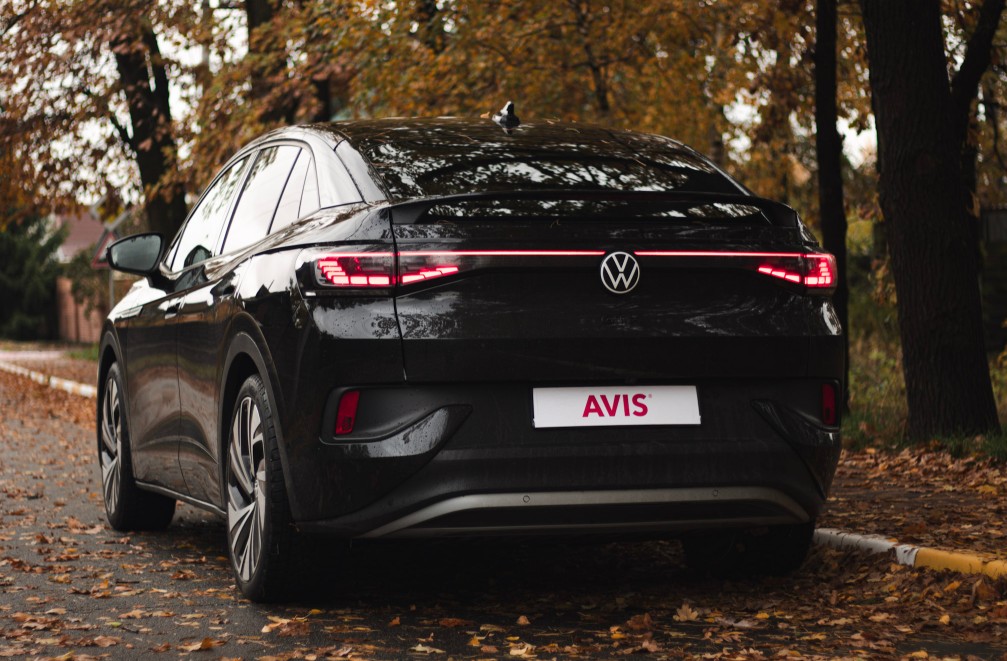
A simple way to reduce expenses on daily trips and enjoy quiet, dynamic driving without fuel – is to use an electric vehicle. Below is a brief guide to help you choose an electric car according to your routes, budget, and available charging points.
Compact size, easy parking, low energy consumption. In the city, regenerative braking, heat pump, and eco-modes work efficiently. Key metrics: driving range, battery capacity (kWh), availability of Type 2/CCS.
Higher seating and a spacious trunk without compromising efficiency. Pay attention to peak DC charging power, climate package, and driver assistance systems. Well-suited for families and small businesses.
Aerodynamics and stability at speed. Important features include OTA updates, adaptive cruise control, and modern driver assistants. For long trips, fast DC charging and optimal stop strategy are crucial.
An efficient electric crossover that allows you to experience all the benefits of EVs: mobility in city centers, easy priority parking, quiet ride, and efficiency. Volkswagen ID.5 models have stylish design, comfortable ride, and are equipped with automatic transmission.
Suitable for courier services and service calls: spacious cargo area and low cost per kilometer. Before choosing, check payload capacity, access to fast charging, service intervals, and battery warranty.

If most trips are city-based – choose a compact with a heat pump and good AC charging (7-11 kW). For mixed routes – a crossover with high peak DC power. Long trips – a sedan with efficient aerodynamics. In any case, check battery degradation, service, and the presence of an official battery warranty.
Need practice? Electric car rental helps evaluate routes and charging convenience.
Optimal – a wall-mounted charger (wallbox) at 7-11 kW. Safe, fast, and cheaper than public networks. Important: proper wiring, separate circuit breaker, Type 2 cable.
AC points are convenient during work or shopping. Fast DC charging (50-150+ kW) – for highways: 15-40 minutes to about 80% depending on the model. Pay attention to connector type (mainly CCS), rates, and availability in your city.
Plan your daily activities around charging, protect the battery – avoid keeping it at 100% constantly, and use pre-conditioning in hot or cold weather. For private drivers, predictable costs are ensured by car leasing for individuals: clear payment, service, and transparent TCO.
From home AC 7-11 kW – a few hours to full; from fast DC charging – usually 15-40 minutes to ~80%. Time depends on battery capacity, temperature, and peak charging power.
At home – according to electricity rates (cheapest with night metering). At public AC/DC stations – per kWh or per minute; total cost depends on the network, speed, and city. Tip: combine home and public charging for cheaper and faster results.
Popular electric cars are about quiet driving, savings, and easy trip planning. Evaluate your routes, understand how to charge the EV, and choose a configuration that fits real needs: city, mixed use, or highway. Want to start without capital investment – consider leasing a car.
